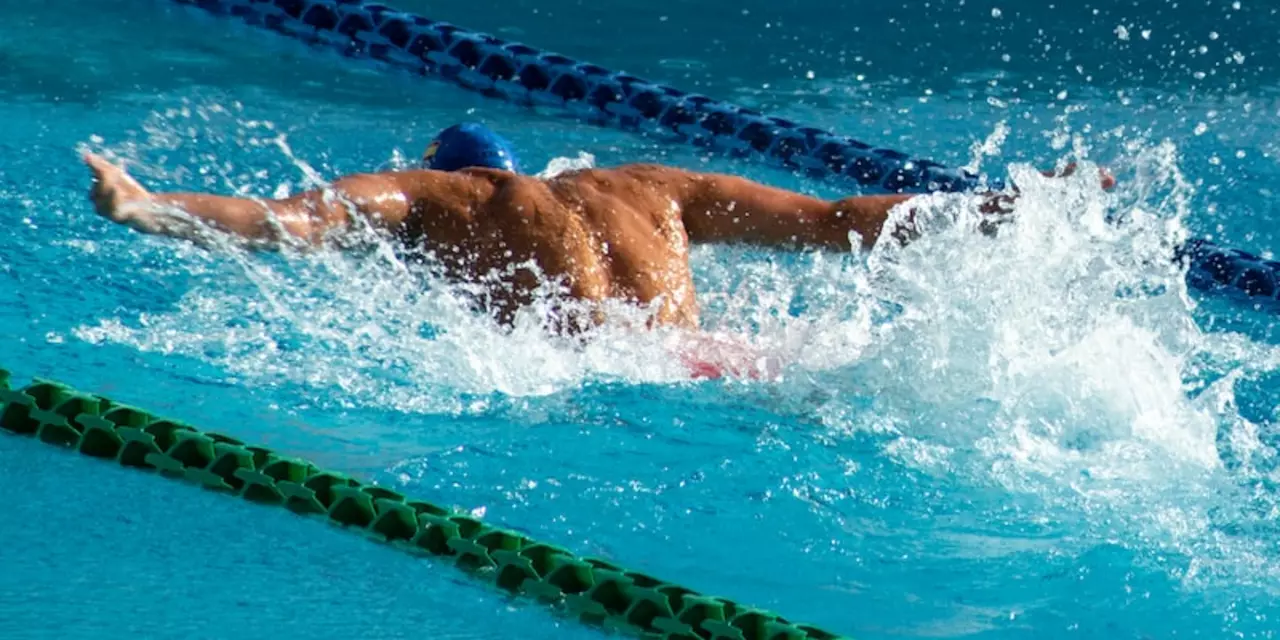Mastering Laps: Practical Advice for Every Swimmer
Whether you’re counting laps for fitness or prepping for a race, the way you approach each length can change the whole workout. Below are simple, down‑to‑earth tips that will help you swim smarter, not harder.
Set Up Your Lap Routine
Start with a clear plan. Decide how many laps you want to hit and break them into manageable sets. For example, swim 4 × 50 m, rest 15 seconds, then repeat. This keeps you from burning out early and gives your body regular recovery points.
Use a waterproof watch or a pool clock to track each set. Seeing the numbers in front of you helps you stay focused and reduces the urge to drift off‑pace.
Keep Your Technique Consistent
Good form is the backbone of efficient laps. Keep your head in line with your spine, rotate your hips, and bite the water with each pull. If you feel drag, check your hand entry – it should be just in front of your shoulder, not too wide.
Take a quick video on a phone or ask a buddy to watch you. Small tweaks, like a tighter kick or a smoother roll, can shave seconds off each length and make long sessions feel easier.
For beginners, freestyle is the most energy‑efficient stroke, so focus on a relaxed breathing pattern. Inhale every three strokes, then exhale fully underwater. This rhythm prevents you from gasping for air and keeps your heart rate steady.
If you’re looking to mix things up, add a few backstroke or breaststroke laps. Changing strokes works different muscle groups and prevents fatigue from building up in just one area.
Don’t forget to warm up before you start the main set. A light 200 m swim at an easy pace gets the blood flowing and reduces the risk of cramping later on.
After the workout, a brief cool‑down of 100–200 m at a relaxed speed helps flush out lactic acid and speeds recovery.
Stick to these basics, and you’ll notice smoother, faster laps without feeling exhausted after each session.
Want more specific lap drills? Try the “pyramid” set: 25 m fast, 50 m moderate, 75 m easy, then reverse the order. This builds endurance while keeping the workout interesting.
Remember, consistency beats intensity for most swimmers. Aim to hit the pool a few times a week, even if it’s just a short 20‑minute lap count. Over time, those small improvements add up to big gains.
Ready to put these tips into practice? Grab your goggles, set a lap goal, and get moving. Your next personal best is just a few well‑structured laps away.
